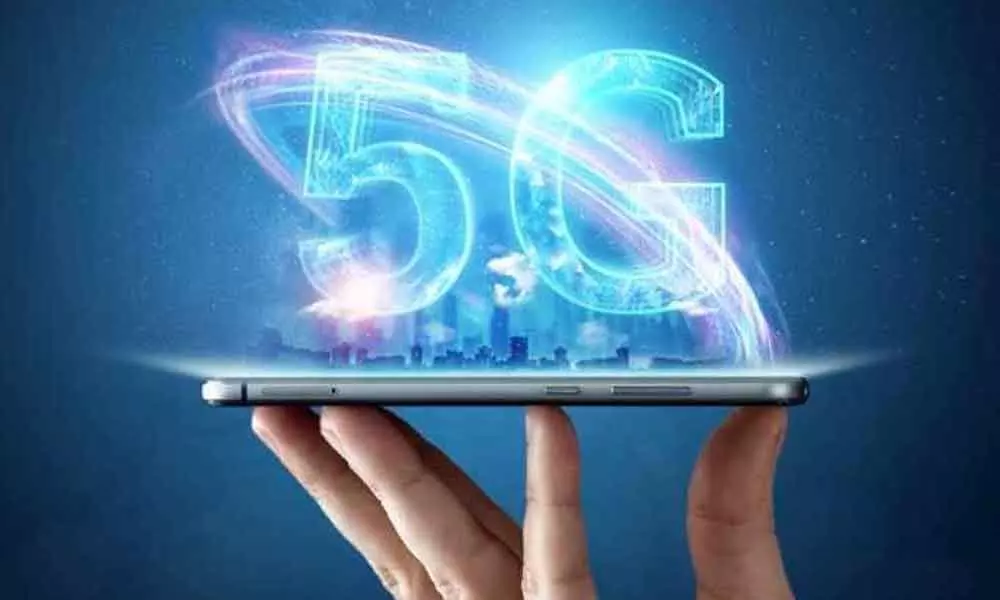5G: Understand The Fifth Generation Of Wireless Data Networks

5G claims low latency, intelligent power consumption, high density and network slicing - qualities that make it advance, and perhaps more confusing.
5G is the fifth generation of wireless data networks; it's an upgrade that we all will need sooner or later. It is much more than the simple bandwidth or "speed" improvement on your phone that you're used to from the history of 4G and 3G before it. 5G claims low latency, intelligent power consumption, high density and network slicing - qualities that make it advance, and perhaps more confusing.
So we try to explain 5G to you, those who want to use it and understand what it's worth because it will come at extra cost.
All the technologies on your phone will get transformed with 5G, and enable your home internet to come through the air instead of a wire or cable. It will make possible new experiences that are still outlying, smart cities that are safer, cleaner and more efficient, and a truly connected car.
Now "downloading a full-length movie in seconds" is an ancient thought altogether. With 5G dream about a world that is more protective, responsive and transparent.
We all should be aware that 5G will be the first cellular data technology that can revolutionise not just your phone but your life as well.
To achieve all this, we need to replace everything we own currently that use a cellular network. We all know that the 5G wireless gear is different from 4G technology that we possess today. That is the reason why carriers and device makers are very excited about 5G.
Besides, they have to convince people who believe 5G is a toxic technology due to its microwave spectrum radiation. But these concerns are not new about cellular radiation. There is still no explicit consent that mobile technology is safe in general, let alone the 5G variant of it.
5G emits "microwave" radiation! Anything that uses 4G, Wi-Fi and Bluetooth also do the same. The conflict is whether 5G's number of antennas, the proximity of antennas and the power levels coming from them make it dangerous. Conventional scientific wisdom says that radio waves are not hazardous for our bodies' cells, or "ionising," until they reach frequency limit that is found in X-rays, gamma rays and light from the sun. Even the highest 5G frequencies sit far below those types of radiation and are, therefore, considered safe or "nonionizing."
That doesn't stop the concerns of people who worry about 5G, but the FCC has the final say on cellular towers and waves in the US and "preempts local decisions premised directly or indirectly on the environmental effects of radiofrequency emissions, assuming that the provider complies with the Commission's RF rules."
The conclusion on 5G safety is that the safety of cellular networks, in general, has been an argument since the 90s, and the radiation from power lines, which are of shallow frequency. Anything attached to the term "radiation" is going to come under the fearsome assumption.
















